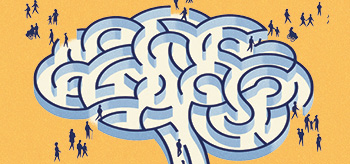Project Leads:
Anang Shelat, PhD; Chris Tinkle, MD, PhD; Stephen Mack, PhD
Project Focus:
The team from St. Jude has expertise in DDR, chemical biology, developmental neurobiology, and screening and bioinformatics. Together, they will focus on the toughest types of pediatric brain tumors, including diffuse intrinsic pontine glioma (DIPG)/diffuse midline glioma (DMG), atypical teratoid/rhabdoid tumors (AT/RT), and childhood ependymomas. The pediatric ependymoma work will be funded through the Collaborative Ependymoma Research Network, a program of NBTS. Specifically, the team will test multiple types of DDR-inhibiting drugs like ATR, ATM, and PARP, inhibitors in addition to others in combination, with different DNA damaging agents, like chemotherapy and radiation, in laboratory models.
